- UNESCO World Heritage-listed city walls
-
source >
 World Heritage Center (English/French)|http://whc.unesco.org
World Heritage Center (English/French)|http://whc.unesco.org
Korean National Commission for UNESCO (translation supervision)|http://unesco.or.kr/heritage
Europe
-
Ferrara, City of the Renaissance, and its Po Delta
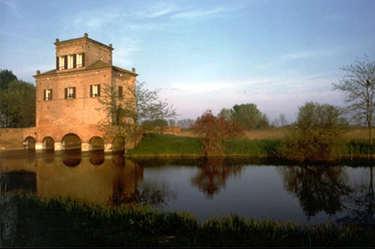 ⓒUNESCO
ⓒUNESCO
- Ferrara, City of the Renaissance, and its Po Delta
-
country : Italy
location : City and Province of Ferrara, Emilia-Romagna Region
coordinate : N44 50 16, E11 37 10
Enrollment Year : 1995year
heritage area : 46712ha
buffer zone : 117649ha
- Standard
-
Standard(Ⅱ) :Standard(Ⅲ) :
- Summary(Ⅵ) : : Ferrara, which grew up around a ford over the River Po, became an intellectual and artistic centre that attracted the greatest minds of the Italian Renaissance in the 15th and 16th centuries. Here, Piero della Francesca, Jacopo Bellini and Andrea Mantegna decorated the palaces of the House of Este. The humanist concept of the 'ideal city' came to life here in the neighbourhoods built from 1492 onwards by Biagio Rossetti according to the new principles of perspective. The completion of this project marked the birth of modern town planning and influenced its subsequent development.
-

-
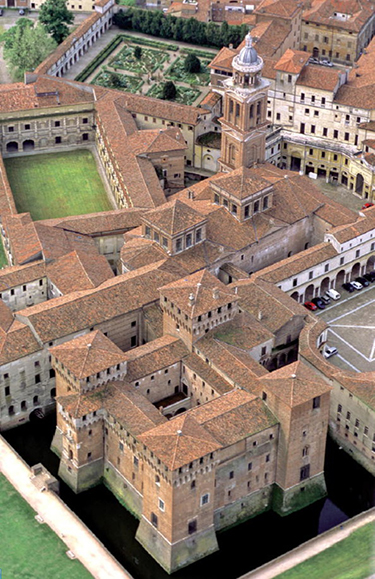 Nomination File
Nomination File
- Mantua and Sabbioneta
-
country : Italy
location :
coordinate : N45 9 34, E10 47 40
Enrollment Year : 2008year
heritage area : 235ha
buffer zone : 2330ha
- Standard
-
Standard(Ⅱ) :Standard(Ⅲ) :
- Summary(Ⅵ) : : Mantua and Sabbioneta represent two aspects of Renaissance town planning: Mantua shows the renewal and extension of an existing city, while some 30 km away, Sabbioneta represents the implementation of the period’s theories about planning the ideal city. Typically, Mantua’s layout is irregular with regular parts showing different stages of its growth since the Roman period and includes many historical buildings, among them an 11th century rotunda and a Baroque theatre. Sabbioneta, created in the second half of the 16th century under the rule of Vespasiano Gonzaga Colonna, can be described as a single-period city and has a right-angle grid layout. Both cities offer exceptional testimonies to the urban, architectural and artistic realizations of the Renaissance, linked through the visions and actions of the ruling Gonzaga family. The two towns are important for the value of their architecture and for their prominent role in the dissemination of Renaissance culture. The ideals of the Renaissance, fostered by the Gonzaga family, are present in the towns’ morphology and architecture.
-

-
Assisi, the Basilica of San Francesco and Other Franciscan Sites
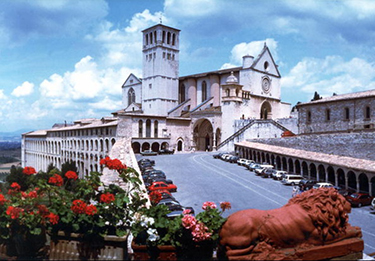 ⓒUNESCO
ⓒUNESCO
- Assisi, the Basilica of San Francesco and Other Franciscan Sites
-
country : Italy
location :
coordinate : N43 3 58.2, E12 37 20.8
Enrollment Year : 2000year
heritage area : 14563ha
buffer zone : 4087ha
- Standard
-
Standard(Ⅰ) :Standard(Ⅱ) :Standard(Ⅲ) :Standard(IV) :Standard(Ⅵ) :
- Summary(Ⅵ) : : Assisi, a medieval city built on a hill, is the birthplace of Saint Francis, closely associated with the work of the Franciscan Order. Its medieval art masterpieces, such as the Basilica of San Francesco and paintings by Cimabue, Pietro Lorenzetti, Simone Martini and Giotto, have made Assisi a fundamental reference point for the development of Italian and European art and architecture.
-

-
Historic Centre of Český Krumlov
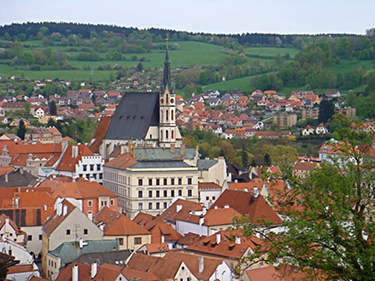 ⓒUNESCO
ⓒUNESCO
- Historic Centre of Český Krumlov
-
country : Czechia
location : South Bohemian Region
coordinate : N48 49 0, E14 19 0
Enrollment Year : 1992year
heritage area : 52ha
buffer zone : 1073ha
- Standard
-
Standard(IV) :
- Summary(Ⅵ) : : Situated on the banks of the Vltava river, the town was built around a 13th-century castle with Gothic, Renaissance and Baroque elements. It is an outstanding example of a small central European medieval town whose architectural heritage has remained intact thanks to its peaceful evolution over more than five centuries.
-

-
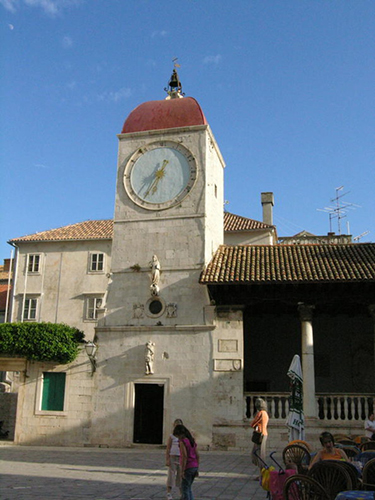 ⓒUNESCO
ⓒUNESCO
- Historic City of Trogir
-
country : Croatia
location : County of Split-Dalmatia
coordinate : N43 30 45, E16 15 6.012
Enrollment Year : 1997year
heritage area : 6ha
buffer zone : 4ha
- Standard
-
Standard(Ⅱ) :Standard(IV) :
- Summary(Ⅵ) : : Trogir is a remarkable example of urban continuity. The orthogonal street plan of this island settlement dates back to the Hellenistic period and it was embellished by successive rulers with many fine public and domestic buildings and fortifications. Its beautiful Romanesque churches are complemented by the outstanding Renaissance and Baroque buildings from the Venetian period.
-

-
Garrison Border Town of Elvas and its Fortifications
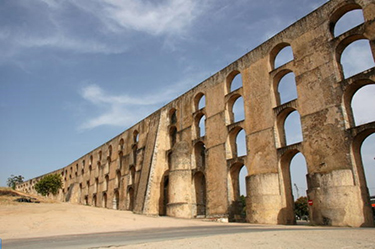 ⓒMunicipality of Elvas
ⓒMunicipality of Elvas
- Garrison Border Town of Elvas and its Fortifications
-
country : Portugal
location :
coordinate : N38 52 50.23, W7 9 47.96
Enrollment Year : 2012year
heritage area : 179ha
buffer zone : 608ha
- Standard
-
Standard(IV) :
- Summary(Ⅵ) : : The site, extensively fortified from the 17th to 19th centuries, represents the largest bulwarked dry-ditch system in the world. Within its walls, the town contains barracks and other military buildings as well as churches and monasteries. While Elvas contains remains dating back to the 10th century ad, its fortification began when Portugal regained independence in 1640. The fortifications designed by Dutch Jesuit padre Cosmander represent the best surviving example of the Dutch school of fortifications anywhere. The site also contains the Amoreira aqueduct, built to enable the stronghold to withstand lengthy sieges.
-

-
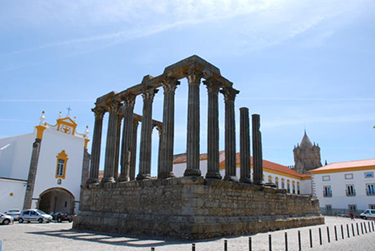 ⓒJose Emilio Guerreir
ⓒJose Emilio Guerreir
- Historic Centre of Évora
-
country : Portugal
location : Province: Alentejo, District: Evora
coordinate : N38 34 23.016, W7 54 28.008
Enrollment Year : 1986year
heritage area : 0ha
buffer zone : 0ha
- Standard
-
Standard(Ⅱ) :Standard(IV) :
- Summary(Ⅵ) : : This museum-city, whose roots go back to Roman times, reached its golden age in the 15th century, when it became the residence of the Portuguese kings. Its unique quality stems from the whitewashed houses decorated with azulejos and wrought-iron balconies dating from the 16th to the 18th century. Its monuments had a profound influence on Portuguese architecture in Brazil.
-

-
Historic Fortified City of Carcassonne
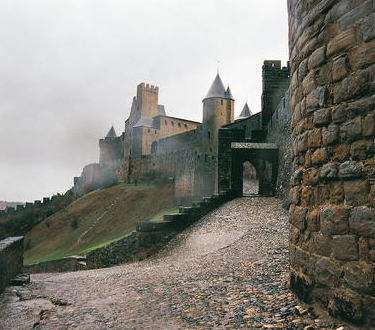 ⓒEditions Gelbart
ⓒEditions Gelbart
- Historic Fortified City of Carcassonne
-
country : France
location : Department of Aude, Languedoc-Roussillon Region
coordinate : N43 12 38, E2 21 32
Enrollment Year : 1997year
heritage area : 11ha
buffer zone : 1358ha
- Standard
-
Standard(Ⅱ) :Standard(IV) :
- Summary(Ⅵ) : : Since the pre-Roman period, a fortified settlement has existed on the hill where Carcassonne now stands. In its present form it is an outstanding example of a medieval fortified town, with its massive defences encircling the castle and the surrounding buildings, its streets and its fine Gothic cathedral. Carcassonne is also of exceptional importance because of the lengthy restoration campaign undertaken by Viollet-le-Duc, one of the founders of the modern science of conservation.
-

-
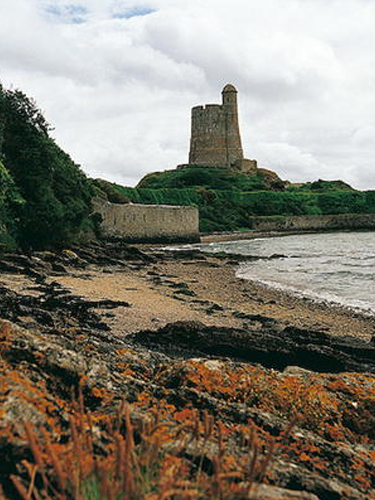 ⓒEditions Gelbart
ⓒEditions Gelbart
- Fortifications of Vauban
-
country : France
location :
coordinate : N50 16 57, E2 45 32
Enrollment Year : 2008year
heritage area : 1153ha
buffer zone : 4341ha
- Standard
-
Standard(Ⅰ) :Standard(Ⅱ) :Standard(IV) :
- Summary(Ⅵ) : : Fortifications of Vauban consists of 12 groups of fortified buildings and sites along the western, northern and eastern borders of France. They represent the finest examples of the work of Sébastien Le Prestre de Vauban (1633-1707), a military engineer of King Louis XIV. The serial property includes towns built from scratch by Vauban, citadels, urban bastion walls and bastion towers. There are also mountain forts, sea forts, a mountain battery and two mountain communication structures. This property is inscribed as bearing witness to the peak of classic fortifications, typical of western military architecture. Vauban also played a major role in the history of fortification in Europe and on other continents until the mid-19th century.
-

-
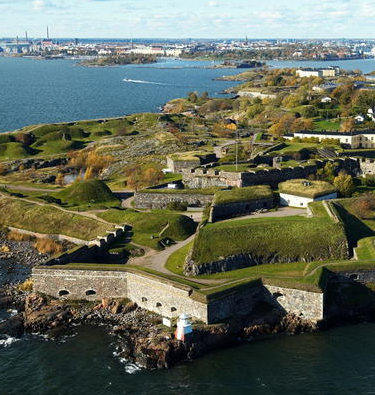 ⓒSuomen Ilmankuva Oy
ⓒSuomen Ilmankuva Oy
- Fortress of Suomenlinna
-
country : Finland
location : Helsinki Harbour, Region of Uusimaa, Province of Southern Finland
coordinate : N60 8 49.992, E24 59 13.992
Enrollment Year : 1991year
heritage area : 0ha
buffer zone : 0ha
- Standard
-
Standard(IV) :
- Summary(Ⅵ) : : Built in the second half of the 18th century by Sweden on a group of islands located at the entrance of Helsinki's harbour, this fortress is an especially interesting example of European military architecture of the time.
-





